Sony India announced the WF-C710N Truly Wireless Noise Cancelling Earbuds, with Sony’s noise cancelling technology, long-lasting battery and high call…
Read More

Sony India announced the WF-C710N Truly Wireless Noise Cancelling Earbuds, with Sony’s noise cancelling technology, long-lasting battery and high call…
Read More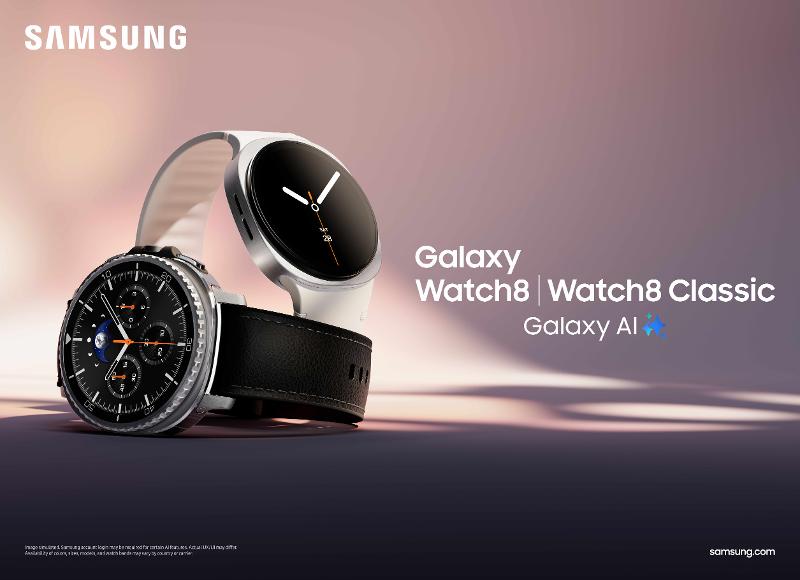
Samsung Electronics introduced Galaxy Watch8 and Galaxy Watch8 Classic, establishing an iconic design identity across the entire Galaxy Watch lineup.…
Read More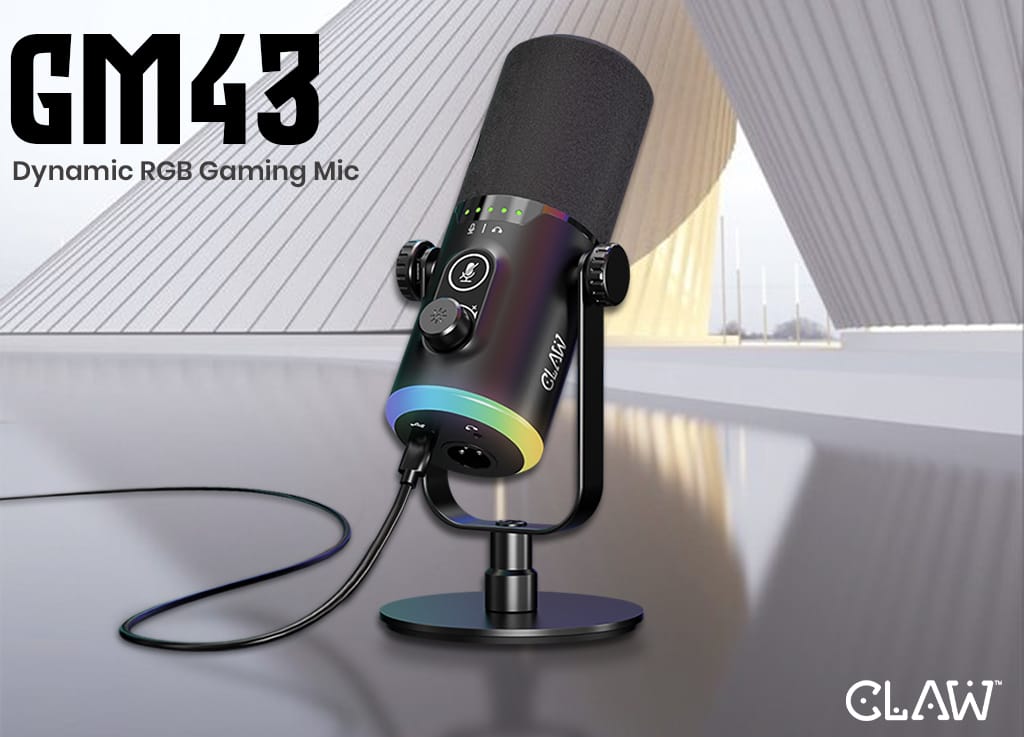
CLAW, introduces the GM43 Dynamic RGB Gaming Microphone — a feature-packed, plug-and-play mic engineered for the modern creator. The microphone…
Read MoreUnix India, has announced the launch of its latest True Wireless Stereo (TWS) innovation Airbuds Z4 UNO. Designed to deliver…
Read MoreTP-Link today unveiled its first incubation centre in India, co-located with its new headquarters in Mumbai. The centre is designed…
Read MoreAmazon India has returned with its highly-anticipated Prime Day shopping event, offering Prime members three days of exciting deals starting…
Read More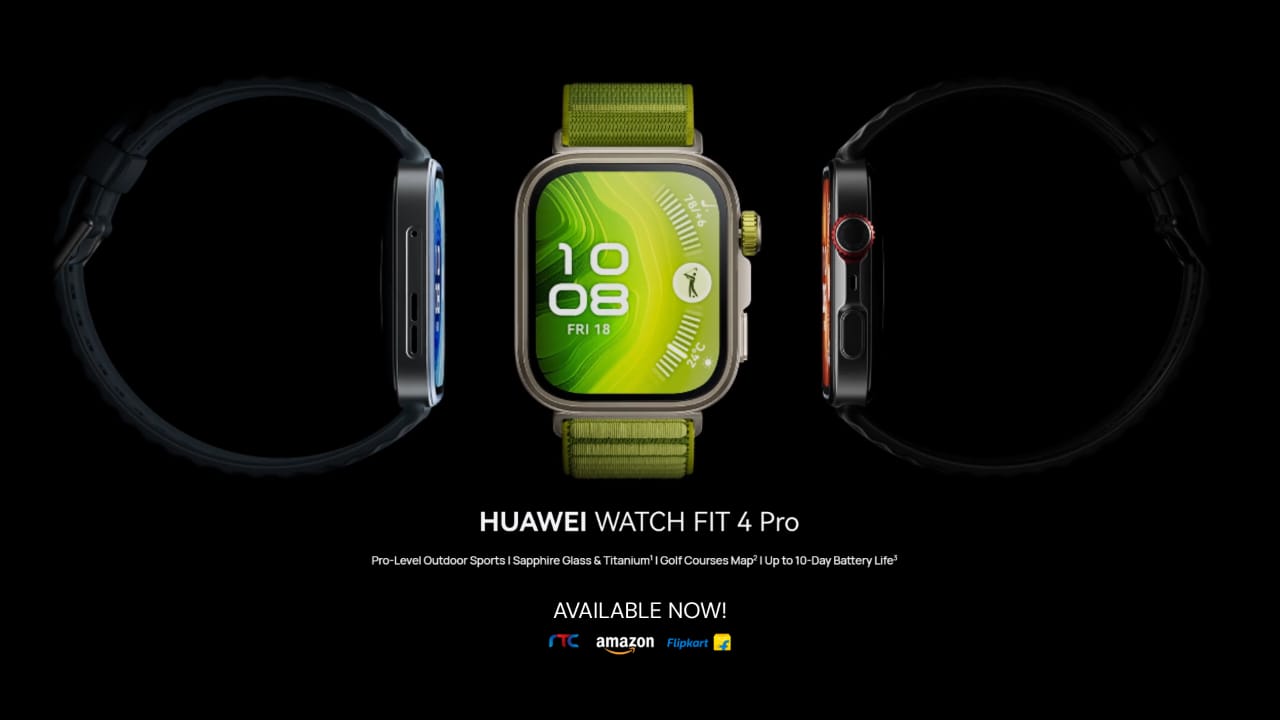
The next generation of Huawei wearables has finally entered the Indian market with the launch of the HUAWEI WATCH FIT…
Read More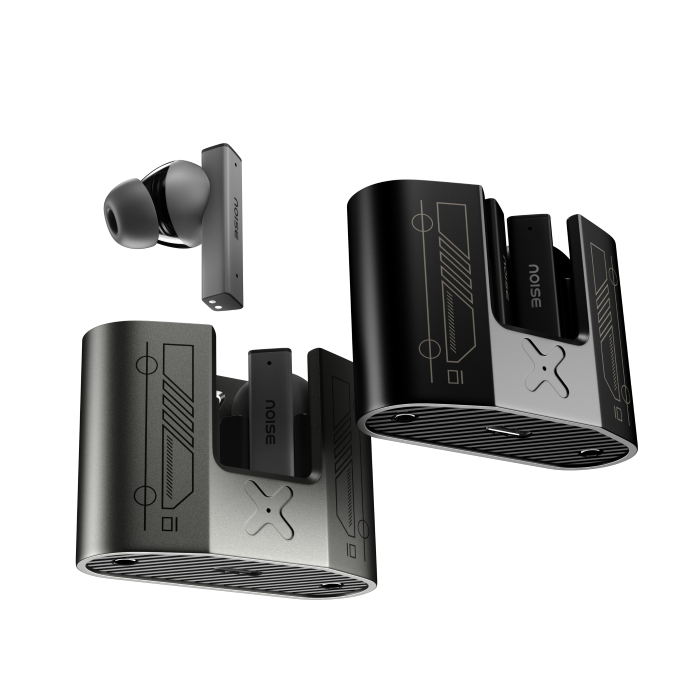
Noise, has announced the launch of its latest innovation – Noise Buds Marine. Built Different to demonstrate Noise’s design-first innovation,…
Read More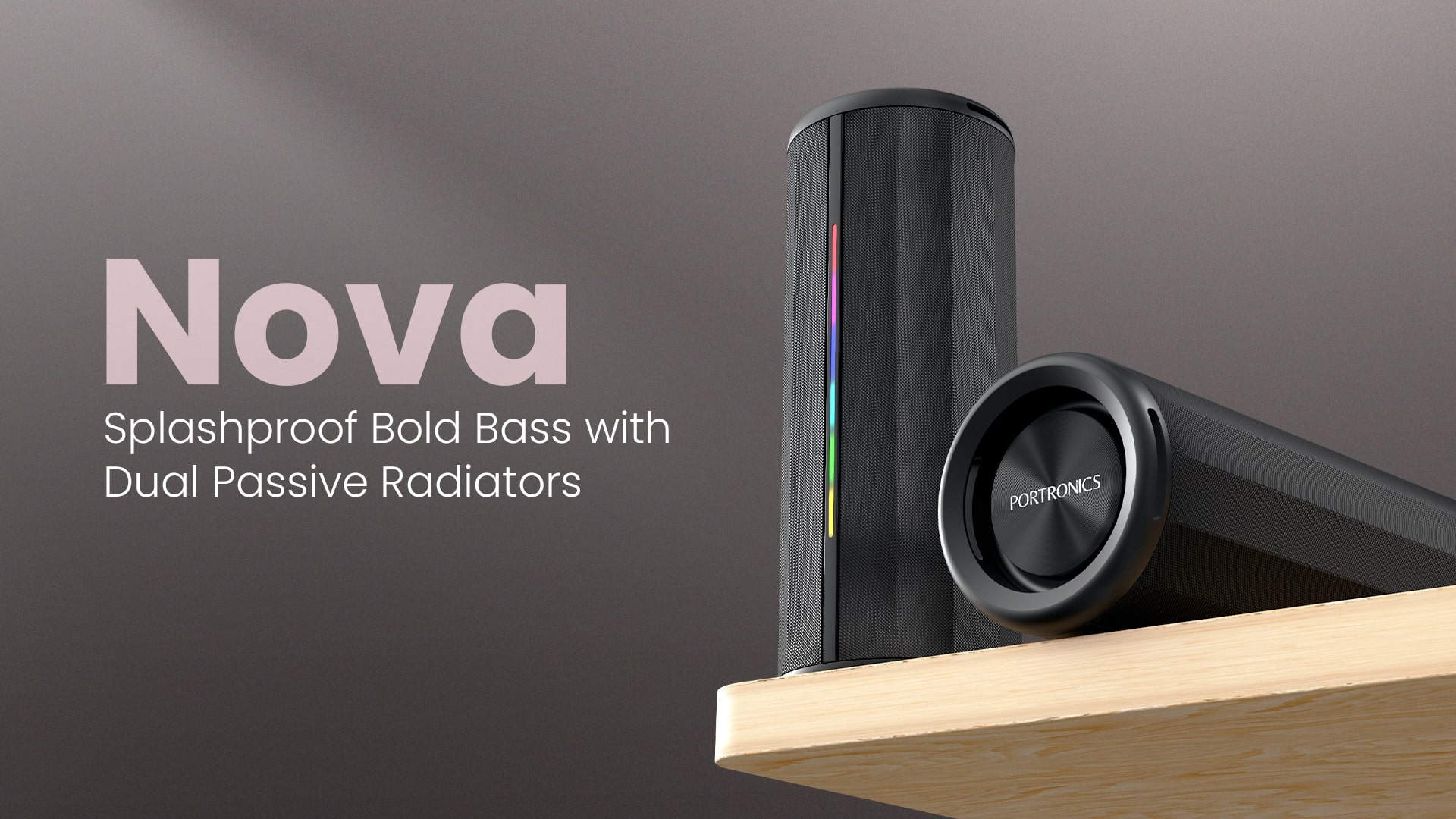
Portronics, has announced the launch of its new portable speaker — NOVA. Built for people who enjoy music on the…
Read More